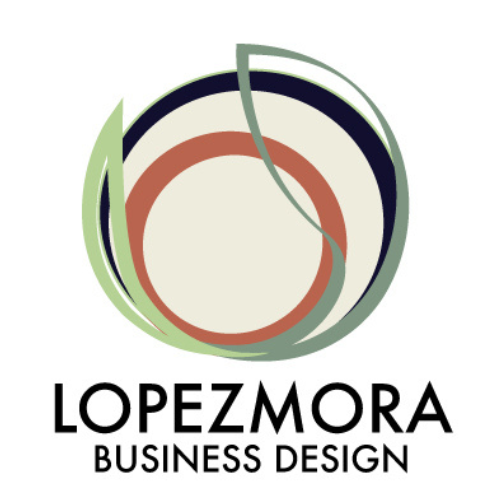In collaboration with Nicole Ferreira
In the last couple of years, new approaches to multicultural communication started to populate the marketing literature carrying alternative prefixes to the almighty word “cultural.” Confusion is starting to settle in and clients are asking: what are you talking about?
It seems that L’Oréal® has cracked the multicultural code. Recently they have taken on “ethnic beauty aisles”- those intended for African American and consumers of other ethnicities. Unsurprisingly L’Oréal’s move to step back and try something new is the result of research pointing to a discrepancy between what consumers are looking to purchase and what is available on the shelves. Instead of having a separate location dedicated to African Americans and other ethnic groups who require specialty products, they will be integrating their beauty supplies with traditional lines in the same aisle. They will market to texture and type of hair rather than to race or ethnicity.
As the 2009 blockbuster hit Avatar coined, “It is hard to fill a cup which is already full.” Although a planet of tree hugging aliens may not appear to be relevant to marketing, there may be more to learn from these big blue people than meets the eye. In the case of creating new marketing strategies, often what we already know, or think we know, impedes the possibility of seeing new ideas. Marketing to diverse populations necessitates the openness to begin looking at past marketing strategies with fresh, new, big blue, alien eyes.
A hair care line known as Mixed Chicks® has also proposed a new style of product development and marketing strategy. Instead of dividing consumers based on their visible differences, they have grouped them by what they have in common. Regardless of ethnicity, people seek solutions to taming their errant locks, and in the case of Mixed Chicks whether it is “Europe, Africa, Asia, America...we not only come from everywhere, but we are going everywhere.”
Multicultural marketing is a cup long overflowing with approaches catering to and capitalizing on specific differences among consumer groups. In the case of marketing to Hispanics, Spanish language has become an obsession; one that has backfired many times as countless examples prove. These marketing approaches frequently result in advertisements and product development rife with stereotypes. One need not look further than a Starbucks® or IKEA® to behold an all too common example of translations gone horribly wrong.
There is no question that many behaviors, values, attitudes and lifestyles are ethnically rooted, but that is only one side of the coin. There are other cultural variables to consider that can potentially be either more salient than ethnicity, or a bigger opportunity for a brand’s strategy. Transculturalism, although it acknowledges the value of a person’s race, does not make it the focal point. Instead, transculturalism is about shared experiences and the sense of community that comes from having those common experiences. It removes stereotypes and encourages a mindset in line with the equality to which all people strive. Transcultural marketing derived from commonalities is the easiest way to relay information.
Multiculturalism, transculturalism, tomato, tomatoe. It doesn’t really matter what you call it. The point is that new cultural phenomena should inform marketing strategy. Keeping pace with poly, cross, trans, bi–culturalism, requires an alien eye, empathy and a willingness to empty ones cup of preconceived ideas and shift to a more inclusive point of view focused on similarities rather than differences. “Seeking common ground where it exists while remaining sensitive to real differences” is the key to survival in the fast-coming age of transcultural marketing.
